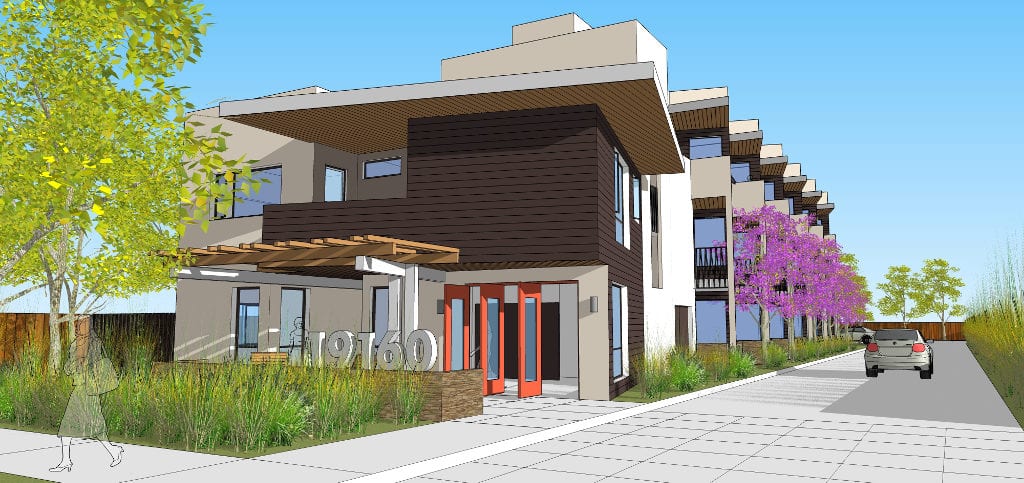My great grandmother was born in New York City in 1902, lived there all her life, and died in 2006. After raising two children and then losing her husband at a relatively young age, she worked as a bookkeeper until she was 88 years old, helping her kids get through college and start their own families along the way. With some savings and a meager pension, she managed to keep paying rent and made it on her own for almost another decade in a tiny apartment in the Bronx, before having to move in with family due to natural decline of old age. When she died, she was surrounded by three generations of love and support.
She was lucky. Today, with a wave of baby boomers on the horizon without the means to keep up with the skyrocketing cost of living, thousands and thousands of seniors just like my great grandmother may soon be ending up on the streets. In fact, many are already there.
The numbers alone are staggering. In Santa Clara County, the 2019 Homeless Census showed that 40% of the current homeless population is over the age of 51, with 12% over the age of 61. But that’s just the tip of the iceberg. Researchers now estimate that based on statistical trends the U.S. homeless population may triple by 2030. And a recent UCSF study showed that almost half of all homeless people over 50 experienced homelessness for the first time after the age of 50.
What this boils down to is a lot of older folks outside right now with many more on the way, completely unprepared for the terrible challenges ahead. And we’re likely to be ground zero for this disaster as the average median income continues to climb upwards in this region, leaving behind a frail, aging population that just doesn’t have the ability to keep up.
Social security has been stagnant for years, pensions are a thing of the past, and investments and savings are just a dream. As a result, less than half of California seniors have any form of retirement income at all and almost a third live below the federal poverty line. For the most vulnerable of these poor folks, there’s no sign of any outside help coming any time soon, either.
So, it’s up to us to do everything we can to help our neighbors here at home. On Monday, the Veranda – a 19-unit affordable housing development in Cupertino – will celebrate opening its doors. Funded by a combination of city and county sources, the development will offer deeply affordable housing for seniors over the age of 62, including six apartments with supportive services for disabled residents exiting homelessness. A bit later in the month, Veranda’s developer, Charities Housing, will host a community meeting to discuss another new project in San Jose on Blossom Hill Road which will offer homes for 147 very to extremely low income seniors.
But we know this isn’t enough. The sad truth is that due to the ever-rising tide of wealth in our community, even those living in deed restricted affordable housing – the safest bet for stability that exists – are at risk of falling behind without extra help. Modest rent increases at even 2% to 3% each year mean that older adults in our backyard will have to make the tragic choices of forgoing food, medication or other life necessities to pay the rent.
Fortunately, there is more we can do. First and foremost, we need to get every physically or mentally disabled senior off the streets and into supportive housing. These people are not reentering the workforce or retraining for new skills to increase their economic mobility. They are sick, have no options and need our help. We need more projects like Blossom Hill and the Veranda to get into the pipeline and open as soon as possible.
We also need to look at seniors in our existing affordable housing stock and make sure they stay housed. For years, organizations like the Housing Authority have already done some work on this issue, providing extra funding as an offset to keep rents down at their properties. And cities like Santa Clara are beginning to explore new shallow subsidy programs to provide a few extra dollars to keep people housed. With just a little more money for each household, it turns out we might be able to do a lot to prevent future homelessness for aging people.
Together, we need to bridge this gap now to make sure the generation that started with a boom doesn’t end up without a place to call home.
San José Spotlight columnist Ray Bramson is the Chief Impact Officer at Destination: Home, a nonprofit that works to end homelessness in Silicon Valley. His columns appear every second Monday of the month. Contact Ray at [email protected] or follow @rbramson on Twitter.



Leave a Reply
You must be logged in to post a comment.